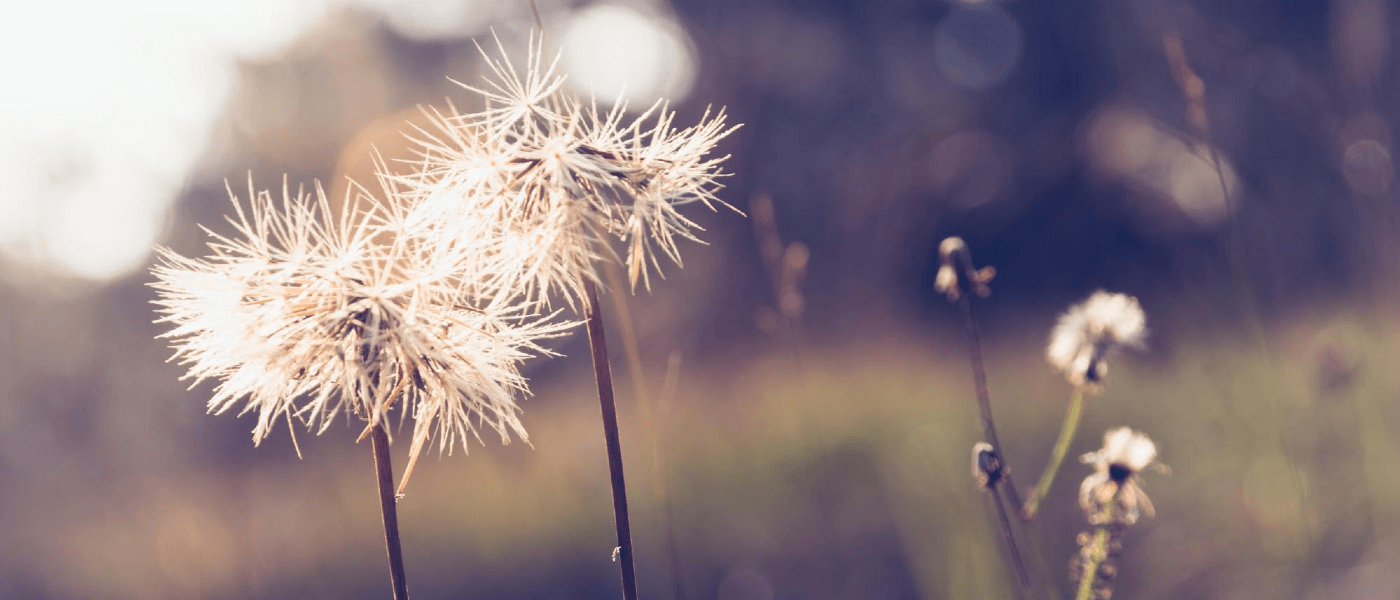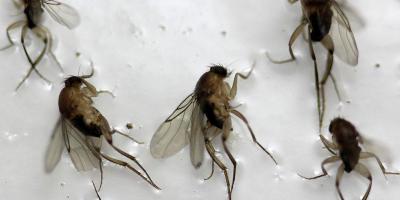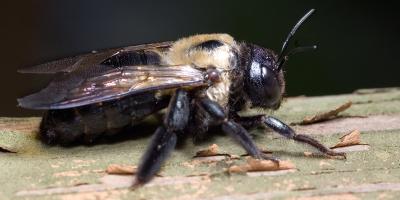For the Love of Bees, Let Your Weeds Grow

Not everyone hates weeds, but gardeners certainly harbor a special kind of contempt for the wild, fast-growing, often quite ugly vegetation that invades their otherwise-pristine gardens, making a mess of their fruit or vegetable plants. But, is it possible that weeds are just misunderstood?
We’re starting to understand that weeds and their potential to be problem-solving plants has been overlooked…
The Problem -- and Promise -- of Weeds
Not only a threat to thriving fruits and veggies, weeds also create the perfect habitat for nasty creatures of every sort – tick populations thrive in the weeds, rodents like mice and rats take shelter beneath their drab canopy, and vegetable-destroying moths turn weeded areas into breeding grounds.
But for all the well-deserved hate dished out against weeds, there’s one reason to appreciate the unwelcome plant life – and that is on behalf of our mutual friend, the bee.
Bees, it seems, love certain weeds, so much so that allowing and even encouraging weeds to grow can help restore declining bee populations, which is important for our planet as a whole.
You see, bees do a whole lot more than just make honey. They are an integral part of many of Earth’s ecosystems, but their numbers have been plummeting, thanks in large part to careless industrial farming practices that often destroy their once-fertile habitat.
Which is ironic, because one of the reasons we need to keep bee populations thriving is because bees pollinate an incredible one-third of all the food we eat every year. Our ability to provide food for Earth’s 7.7 billion people (and counting) is utterly dependent on bees.
Between 1947 and 2008, the U.S. honeybee population went from about 6 million hives nationwide to a scant 2.4 million – that’s a 60 percent decline in just over 60 years. During that same period, Earth’s human population more than tripled.
Protect the Bees… by Cultivating Your Weeds
Fortunately, the cultivation of both healthy bee populations and ornamental or vegetable gardens aren’t mutually exclusive. You don’t have to let weeds run rampant in your garden to support local bees. The key is to control weed growth strategically.
First you have to identify those particular weeds that bees love but that also are not detrimental to your garden. Dandelions, wild geranium, creeping charlie, and thyme are all big bee favorites that won’t impose too heavily on your garden.
Next, map out where you want to let weeds flourish versus the places where you’ll uproot them as soon as you see them. This is important not just to protect your garden, but to keep your family safe from ticks as well.
One of the more effective ways to cordon off your yard from ticks is to create a 3-foot wide barrier of wood chips or gravel in between your lawn and any surrounding wooded or fallow areas. This will make it more difficult (and therefore a lot less likely) for ticks to cross into your yard. It also gives you a clear boundary beyond which you can allow weeds to thrive.
Although the misuse of pesticides is partially to blame for declining bee populations, we make sure to always prioritize bees and their habitats when we perform exterior pest control service by avoiding the treatment of any flowering plants.
Do the “bees” in your yard have a shiny thorax and a stinger pointing at you? That could be an entirely different story. Check out our wasp information page to find out how we can help.



